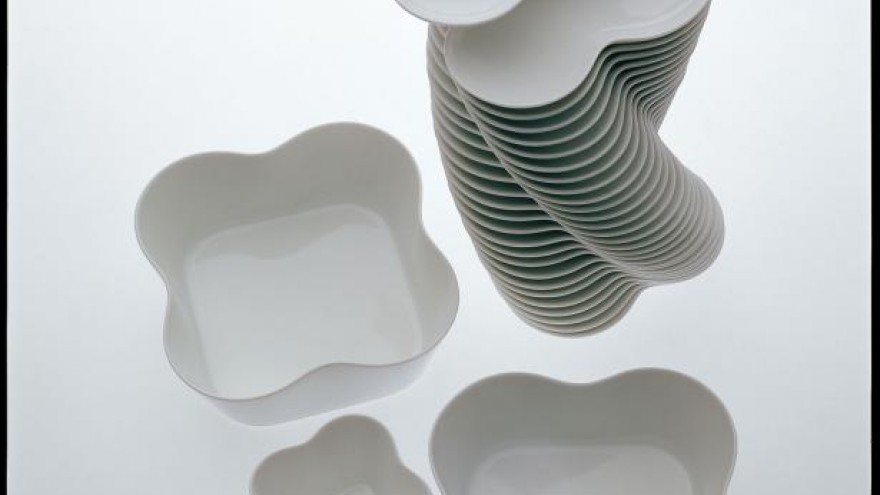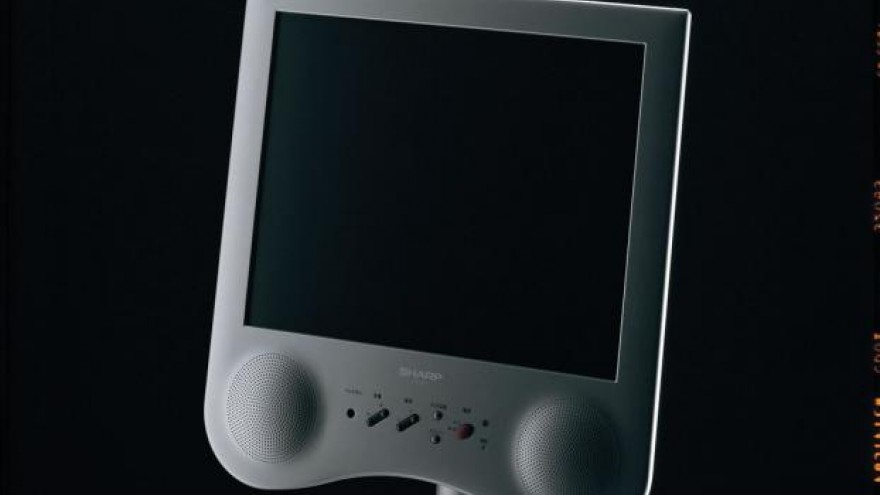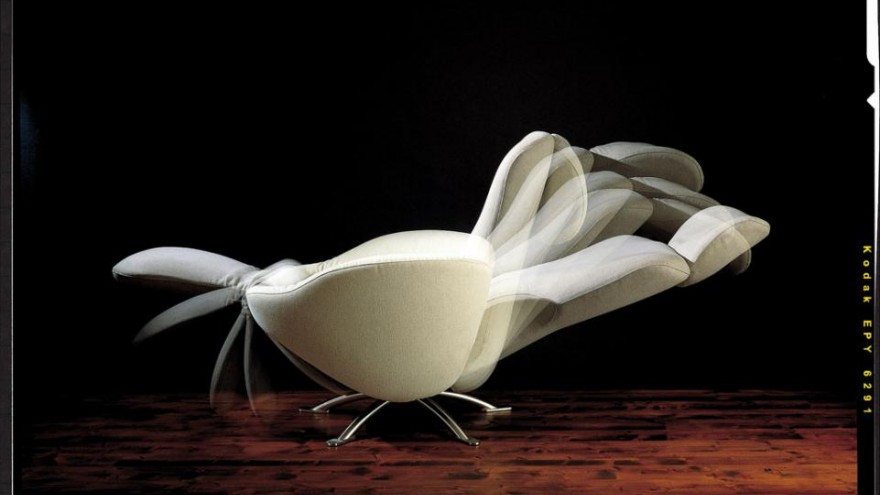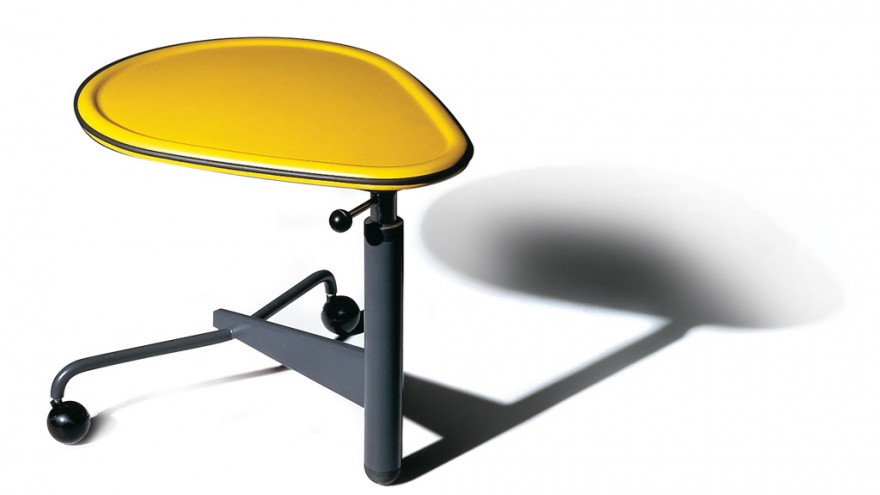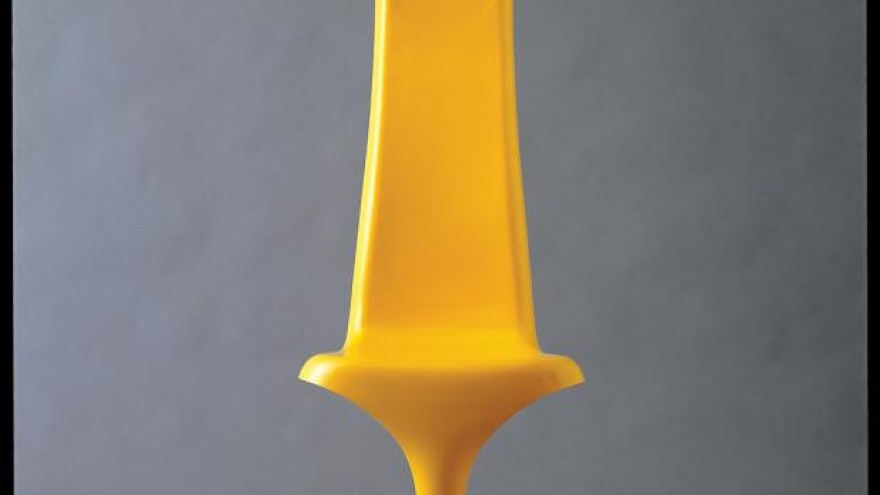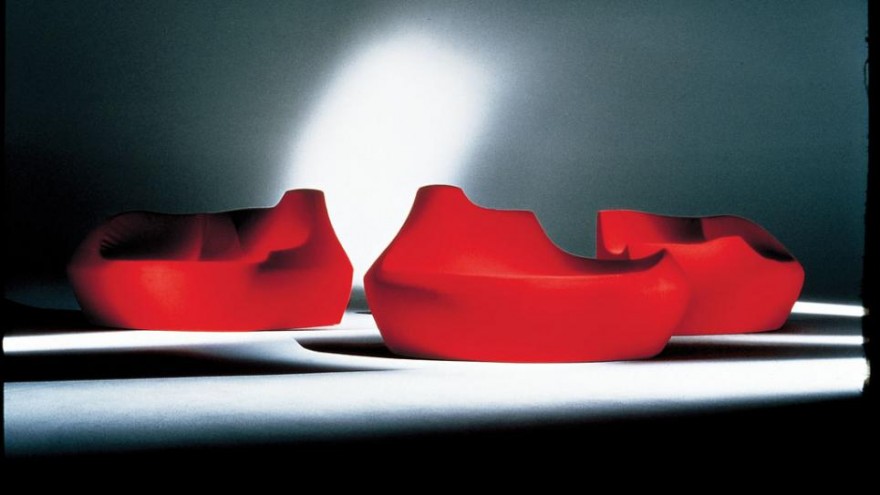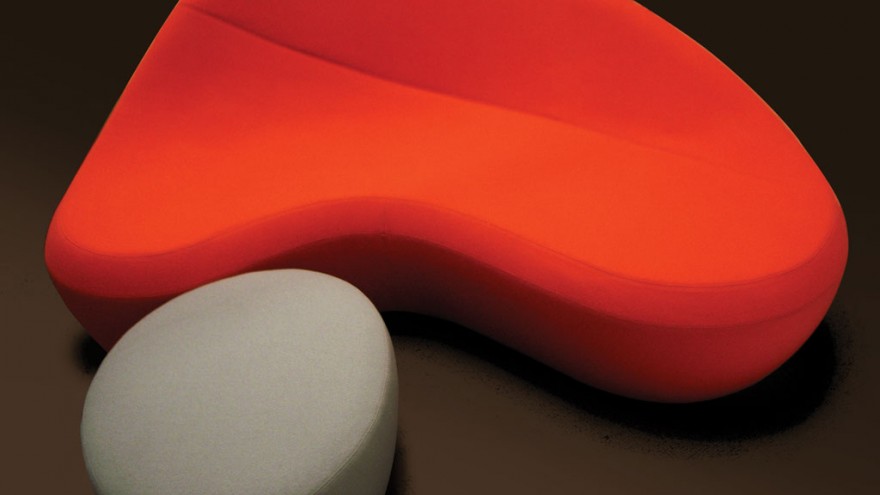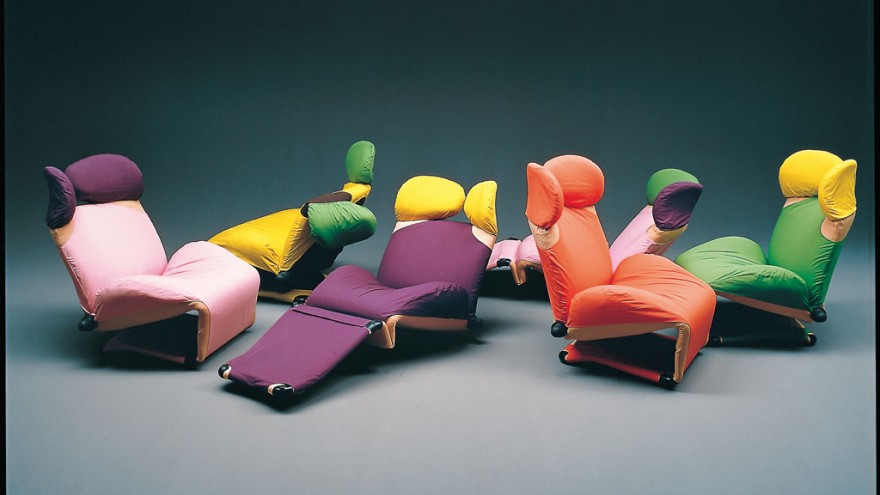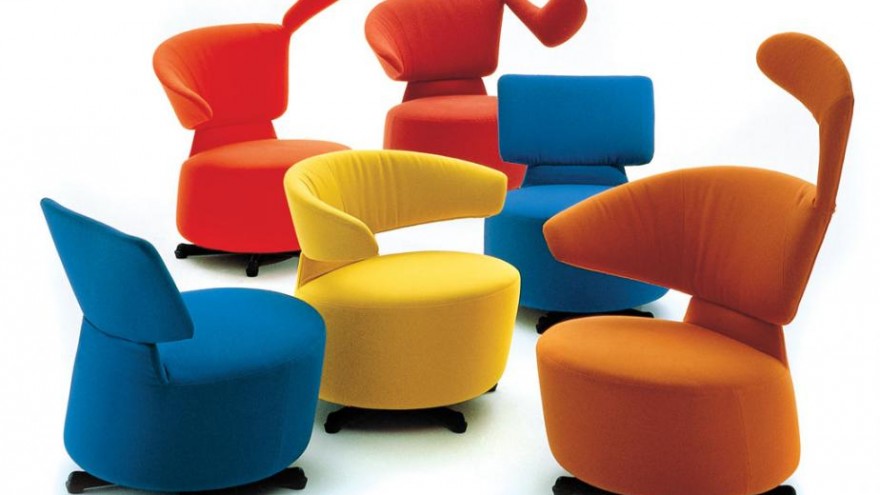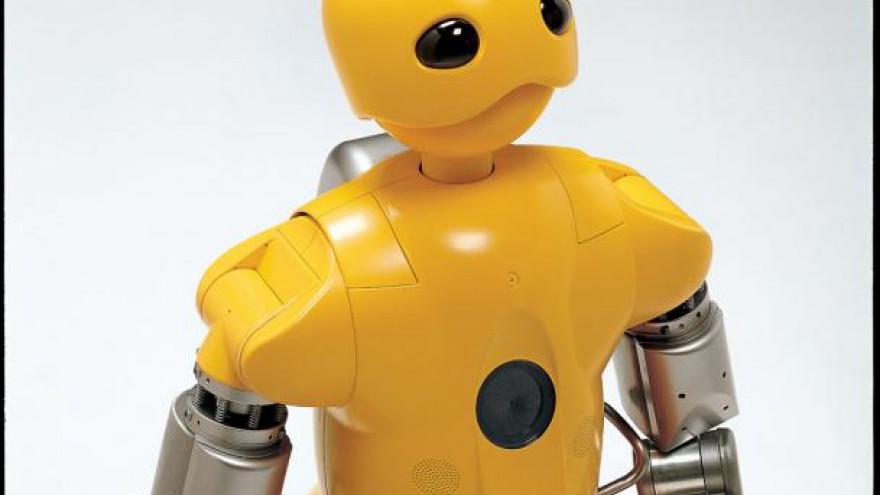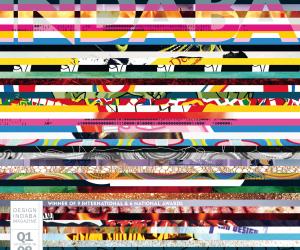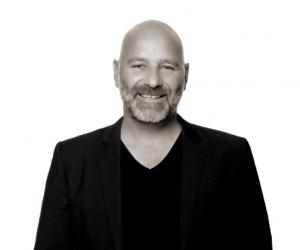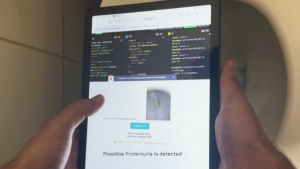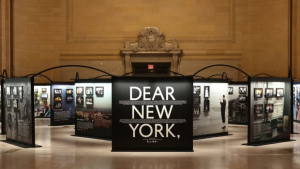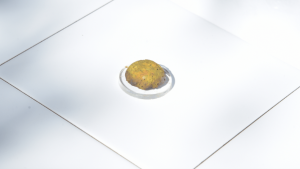First Published in
Toshiyuki Kita has shared his time between Japan and Italy for more than 30 years, bringing a flavour of each country to the other's design object. His organic style has inspired designers and enchanted consumers with its intuitive balance between technology and nature.
Considered a pre-eminent environmental and industrial designer, he has created many hit products for European and Japanese manufacturers, ranging from furniture, household goods and appliances to LCD televisions and robots for clients including Cassina, Moroso, Sharp and Stokke.
Besides purporting "the future of tradition" and promoting Japanese techniques such as lacquering, Kita adheres to a Shizen design philosophy or the "soul of design". Shizen means: "Raw, natural and unforced creativity without pretence. True naturalness is to negate the naive and accidental."
While drawing inspiration from his Japanese heritage, Kita has consistently pushed the boundaries of his materials to adhere to environmental concerns. An active proponent of a recycling philosophy, Kita uses raw materials that can either decay naturally or be prepared for reuse using solar energy. For instance, the only metal he uses is non-anodised aluminum that melts at 660°C.
Design Indaba magazine invited Cape Town industrial and product designer Haldane Martin to address a few questions to Kita - a designer whom Martin has admired since he was a student in the late 1980s. We're not sure if something got lost in translation, however, both an essence of Martin and Kita's personalities seems to prevail. Kita will be speaking at the Design Indaba 2008 and has requested the assistance of a translator
Haldane Martin: The way your Wink chair simultaneously captured the international "spirit of the times" of the post-modern 1980s and also your own Japanese culture was very influential in my development as a South African designer. This theme seems to run through all of your categories of work, from traditional craft (for example the beautiful Aoya lights), furniture (like the innovative Multilingual chair) and even technological advanced products (like the Aquos TV). Is this expression of your cultural identity something that you consciously strive for, or does this happen naturally without thinking about it too much?
Toshiyuki Kita: My cultural identity probably stems from the natural environment and traditional culture of Japan where I grew up. In this sense, my designs derive from both natural inspiration and, as with any design, careful calculation in line with the current trend of the times.
I would imagine that your Japanese clients such as Nihon Yoshokki (Xela cutlery) appreciate this Japanese quality in your work. Do your international clients like Cassina (Italy) and Stokke (Norway) also expect and appreciate this "Japaneseness" in your work?
I think most clients respect the individuality or uniqueness of a designer. Since design is a comprehensive process that involves elaborate balancing of various factors, such as functional and economic efficiency, the cultural aspect and so on, the company would have to be aware of the distinctive elements of the design that identifies a product.
Much like the way Mister Geppetto lovingly breathes life into Pinocchio, you demonstrate your mastery of design by humanising the objects you create. Every object in your oeuvre has a unique personality of its own that encourages its users to engage with it in an emotional and very personal way. This warm quality in your work and the ascetic quality of designs such as Ceremony Space, hints at a deep spiritual and humanitarian philosophy that must underpin your activity as a designer. Am I correct in this assumption? Would you care to elaborate?
As you say, a designer is like the Mister Geppetto who created Pinocchio. Just as the artisans of traditional craftwork did, when I design, I put great emphasis on devoting my whole heart to creating a form for an object. And, as I work on a design, I also hope that the user will love it. I believe that it is important for a design to totally identify with both the user and the creator.
I am deeply impressed with the attention you pay to the ergonomics and the technological details of your furniture. All of your work, from the earliest, such as Saruyama (Morosso), to your more recent Tok (Stokke), elegantly demonstrates this fact. This approach must take much time, yet must certainly result in high commercial success. For the sake of educating our local manufacturers and designers, how long does it typically take you to develop a new furniture idea?
With regard to education of designers, I also teach college students. I always tell them that it is essential that they look at, touch and be inspired by beautiful things. If possible, I believe that it is significant for a designer to live happily and at the same time form an image of the everyday lifestyle of ordinary people. There are some students who, at an early stage in their first or second year, realise how important creating a design is. The process of a design starts from this recognition.
What is your most commercially successful design?
In recent years, it was the flat-screen TV. I think this was successful because the timing coincided with the advent of new technology and people's lifestyles. Then, there is the Wink Chair. I was able to use a new material and it allowed for the conventional four-legged chair to transform into a functioning form. Since the form is adjustable, it was widely accepted by people of the present era.
Haldane Martin
The information centre and entrance kiosk at Boulders Beach in Simon's Town, which was designed by Piet Louw Architects and Urban Planners, is industrial and product designer Haldane Martin's favourite design in Cape Town. "This award-winning public building goes largely unnoticed by non-designers but is an excellent piece of understated architecture. It harmonises beautifully with the natural heritage site without detracting from the primary experience, which is spending long hot summer days splashing in the cool ocean with your kids and the penguins!" he explains.

